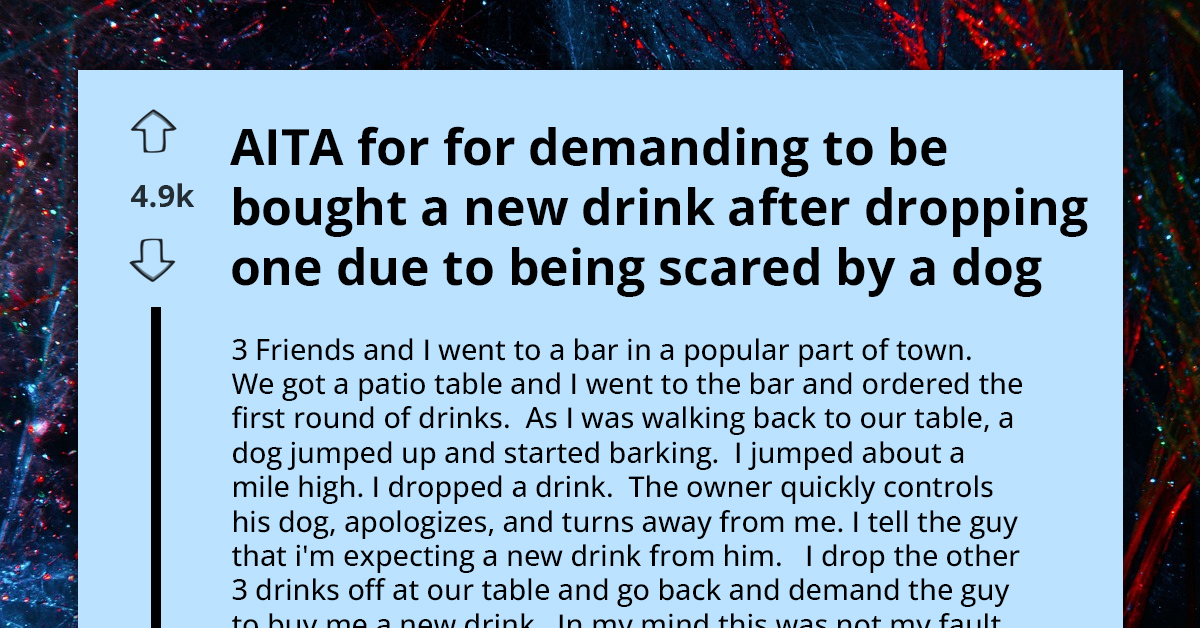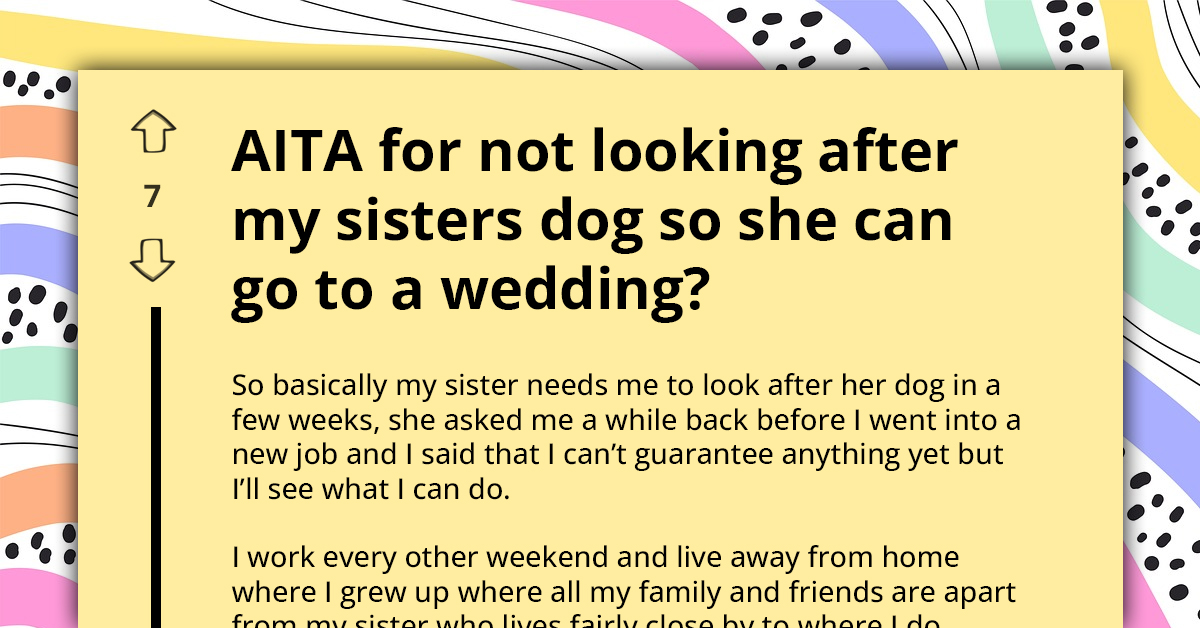Meet The White-Winged Fairy-Wren, A Glistening Feathered Jewel, Dazzling Like A Bright Blue Sapphire
Australia's White-winged Fairy-wrens are known for their bright colors and striking appearance. The males are generally a vibrant cobalt blue, but their wings, as indicated by their name, are white.
This is true for most species, which are found across many of mainland Australia's inland regions and semi-dry coastlines. However, the males of Dirk Hartog and Barrow Islands (located off northwestern Australia) are instead an inky black, with white wings similar to their deep blue counterparts.
The White-winged Fairy-wrens can be seen in low shrubland, particularly in arid and semi-arid areas. They inhabit chenopod shrublands and samphire or saltpans.
These birds typically remain in a single area, but outside their breeding season, they may become nomadic.
The diet of the White-winged Fairy-wrens consists of insects, spiders, and seeds, with a particular fondness for beetles.
The seeds they consume include those from saltbushes, spurges, and purslanes. Due to their small size, they can extract food from the stems and leaves of thick shrubs.
When foraging on the ground, they hop around in search of food. If insects are flying nearby, they will briefly dart through the air to catch them.
If you're interested in witnessing the beauty of these jewel-like birds, you're in luck. We have compiled pictures of these stunning, brilliant birds for you to enjoy.
This is the White-winged Fairy-wren (Malurus leucopterus).
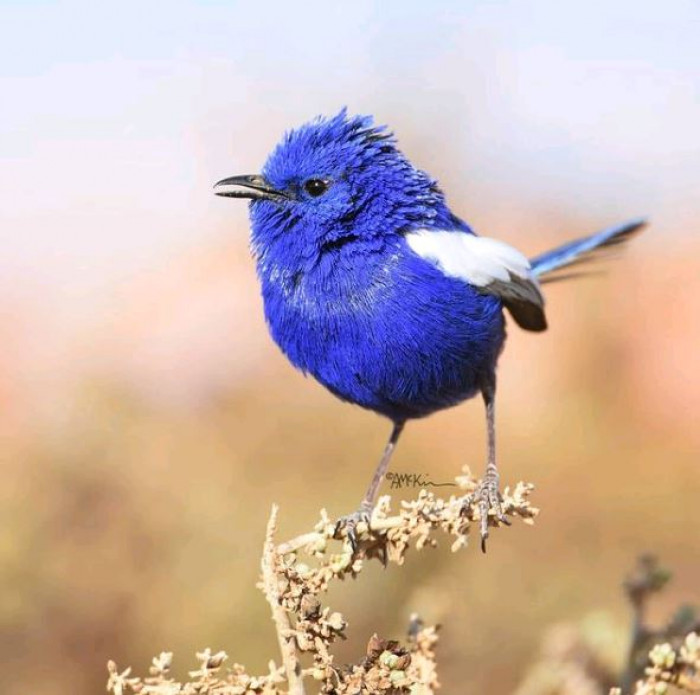
The females look different, though.
Their feathers are mostly a dull grey-brown, with their back and the outline of their wings being grey with a hint of blue. Younger males that have reached sexual maturity often resemble the female White-winged Fairy-wrens.
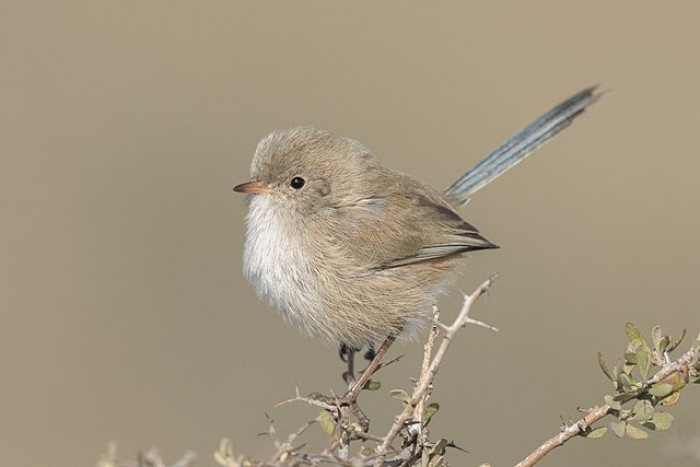
Socially, they are monogamous, but sexually, they are promiscuous.
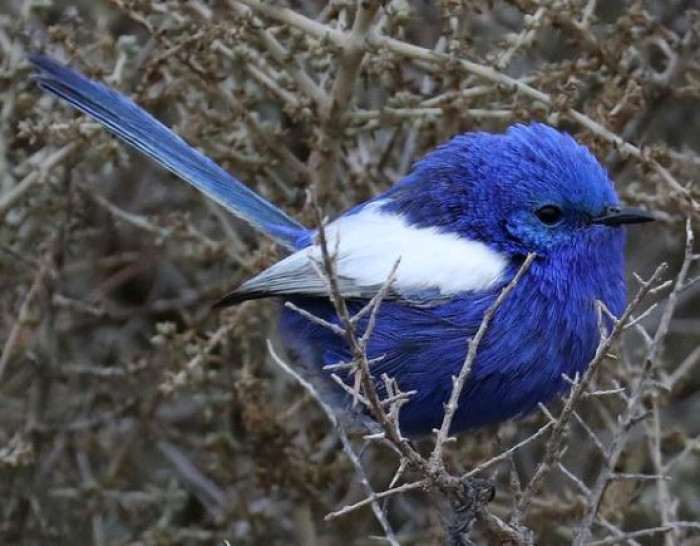
They are communal breeders and tend to live in groups.
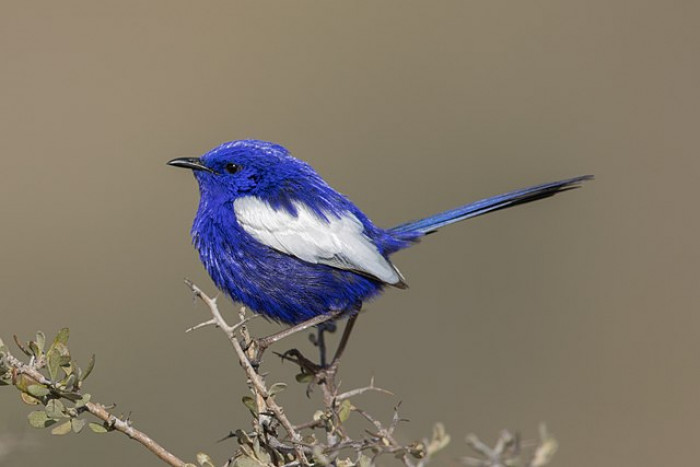
Their nests are built by the females.
The structure has a dome-like shape, measuring 10 x 6 cm, and features an entrance on the side.

Their nests consist of fine grasses and are lined with feathers and plant down.
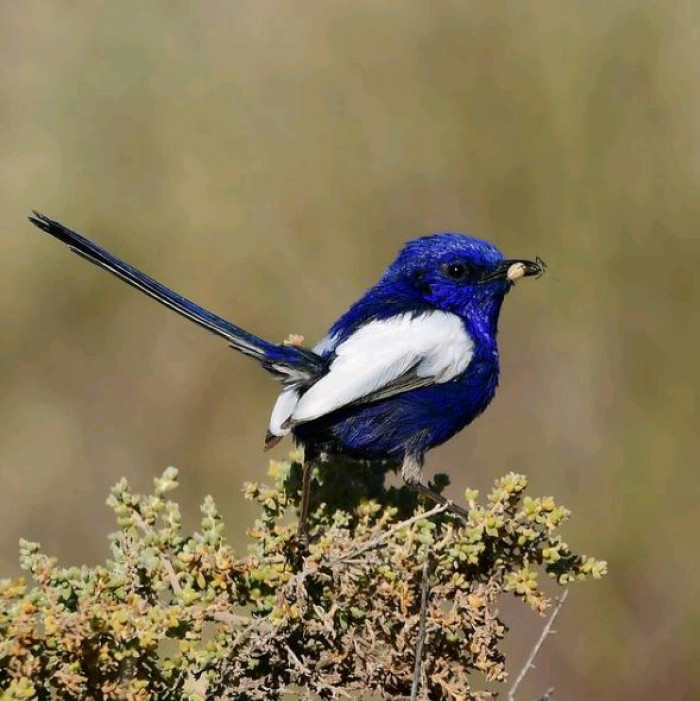
Nests are typically built 1 meter above the ground.
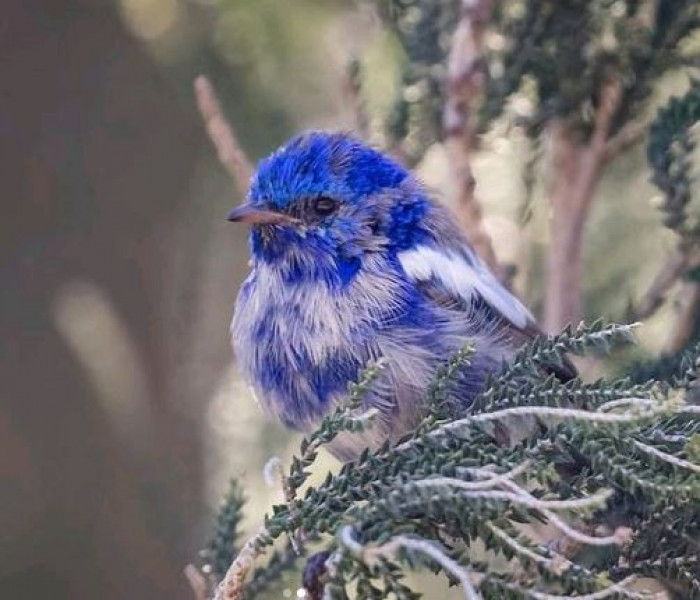
Females construct the nests amidst thick, thorny bushes and are responsible for incubating the eggs.
The rest of the group generally feeds the chicks for about four weeks. The fledged young will remain part of the group.
Sadly, the population of these bright and beautiful creatures is declining. Habitat destruction caused by humans has a negative impact on their numbers.
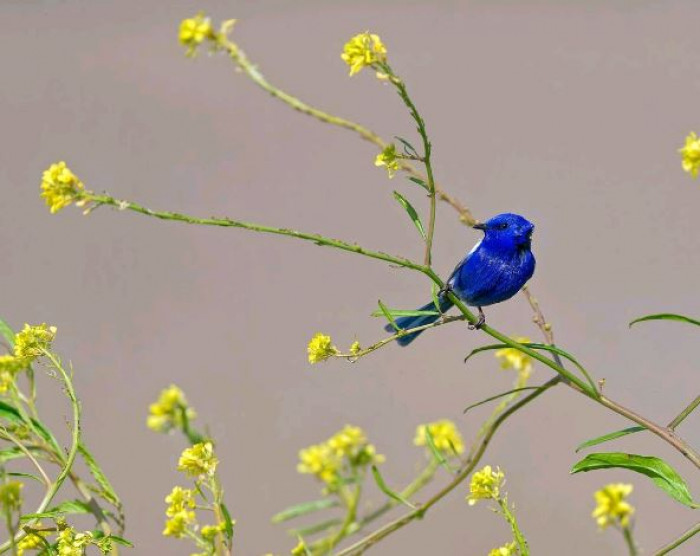
Want to listen to how they sing? Check out the video below.
Scientists have identified five calling patterns among these species. Their primary vocalization is the reel, which is used by both males and females to unify the group and establish territory.
How does their population get affected?
In New South Wales, their habitat is destroyed during the clearing of lignum thickets and chenopod shrublands in areas that are frequently flooded. In the Murray-Mallee region, humans clear native vegetation.
Burning their habitat also has short-term adverse effects on their population. In addition to habitat destruction, mammalian predators naturally impact their numbers.
Red foxes and feral cats are among the animals that prey on these birds, while predatory birds pose another threat to the White-winged Fairy-wrens.


